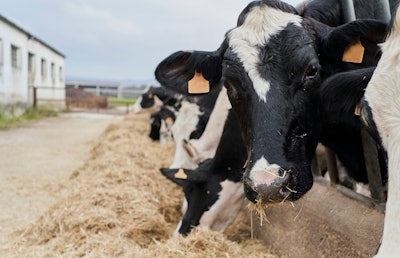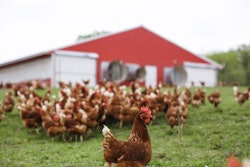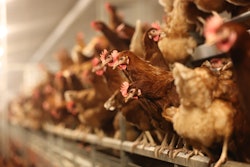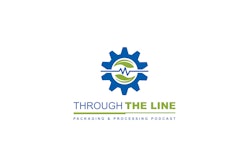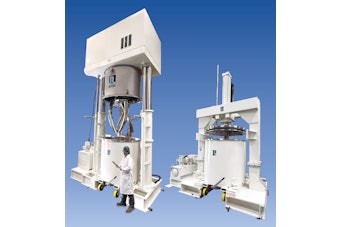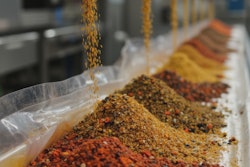Milk samples from a dairy herd in Stearns County, Minnesota, have tested positive for H5N1 influenza, a March 24 release from the Minnesota Board of Animal Health says.
The milk samples were collected as part of the state’s milk surveillance plan to identify where the virus, also known as avian influenza or “bird flu,” is present. The USDA’s National Veterinary Services Laboratories confirmed the positive test result on March 21.
Response to bird flu detected in cattle
The Minnesota Board of Animal Health has quarantined the herd until they are determined through further testing to be no longer infected.
The board notes there is no concern for public safety from the infection, as all milk sold in stores is pasteurized to kill bacteria and viruses. Pasteurization has been shown to effectively kill active H5N1 virus in milk, it says. As long as dairy producers conduct proper pasteurization on incoming milk supply, risk to production is minimal.
“While under quarantine, the herd will be able to apply for movement permits for animals and animal products such as waste milk and manure. Milk sold for pasteurization does not need a permit and is allowed go to processing to facilitate business while keeping the risk of the spread of disease low,” says Dr. Brian Hoefs, Minnesota State Veterinarian. “Our surveillance and response approach to H5N1 is a team effort to ensure we’re covering all angles where it’s detected and limiting its ability to spread.”
How Minnesota’s cow milk H5N1 surveillance works
Minnesota’s milk surveillance plan that led to the H5N1 detection started in late February this year.
In the plan, the Minnesota Department of Agriculture (MDA) conducts monthly tests on pre-pasteurized cow milk samples already collected from each of the roughly 1,600 dairy farms across the state. From routinely collected bulk milk samples, industry labs collect subsamples and send them to the Minnesota Veterinary Diagnostic Laboratory at the University of Minnesota for H5N1 testing.
The MDA sampled 203 farms in February after starting the program the week of February 24, and 1,453 farms in March as of March 25.
“Identifying which dairy herds are infected is important so we can prevent disease spread and protect both animal and human health,” says Thom Petersen, MDA Commissioner. “Regular sampling and testing will allow the MDA and partners to identify where the virus is present, monitor trends, and prevent spread of the virus in order to protect unaffected dairy herds and poultry flocks.”
When the virus is detected, the Minnesota Board of Animal Health sends a case manager to the affected farm to issue a quarantine and provide guidance on the response process for the producer.
The Minnesota Department of Health (MDH) also monitors the health of people who are in direct contact with infected animals or their environment. It also provides testing, antivirals, and personal protective equipment to producers as needed. While the risk to the public from H5N1 remains low, people who are in direct contact with infected animals or their environment are at the highest risk of infection.
How dairy producers can mitigate H5N1 risk
To reduce the risk of spreading H5N1, the Minnesota Board of Animal Health recommends for dairy farmers to monitor their herd and contact their veterinarian immediately if cows appear sick.
The virus’s symptoms include fever, a drop in milk production, loss of appetite, and changes in manure consistency. Symptoms in dairy cattle mostly affect late-stage lactating cows.
Recommendations from the board include to:
- Keep a log of farm visitors and ensure they follow farm protocols.
- Milk any sick cows last, after any healthy herds. Dairy farmers must always dispose of milk from sick animals and isolate infected animals. The board’s quarantine guidelines require three consecutive negative milk tests before releasing animals.
- Keep feed covered and immediately clean any feed spills.
- Provide a clean source of water for dairy cows and secure it from wildlife including waterfowl.
Dairy farms can request a one-time distribution of personal protective equipment from the MDH if they cannot acquire it through regular sources.
